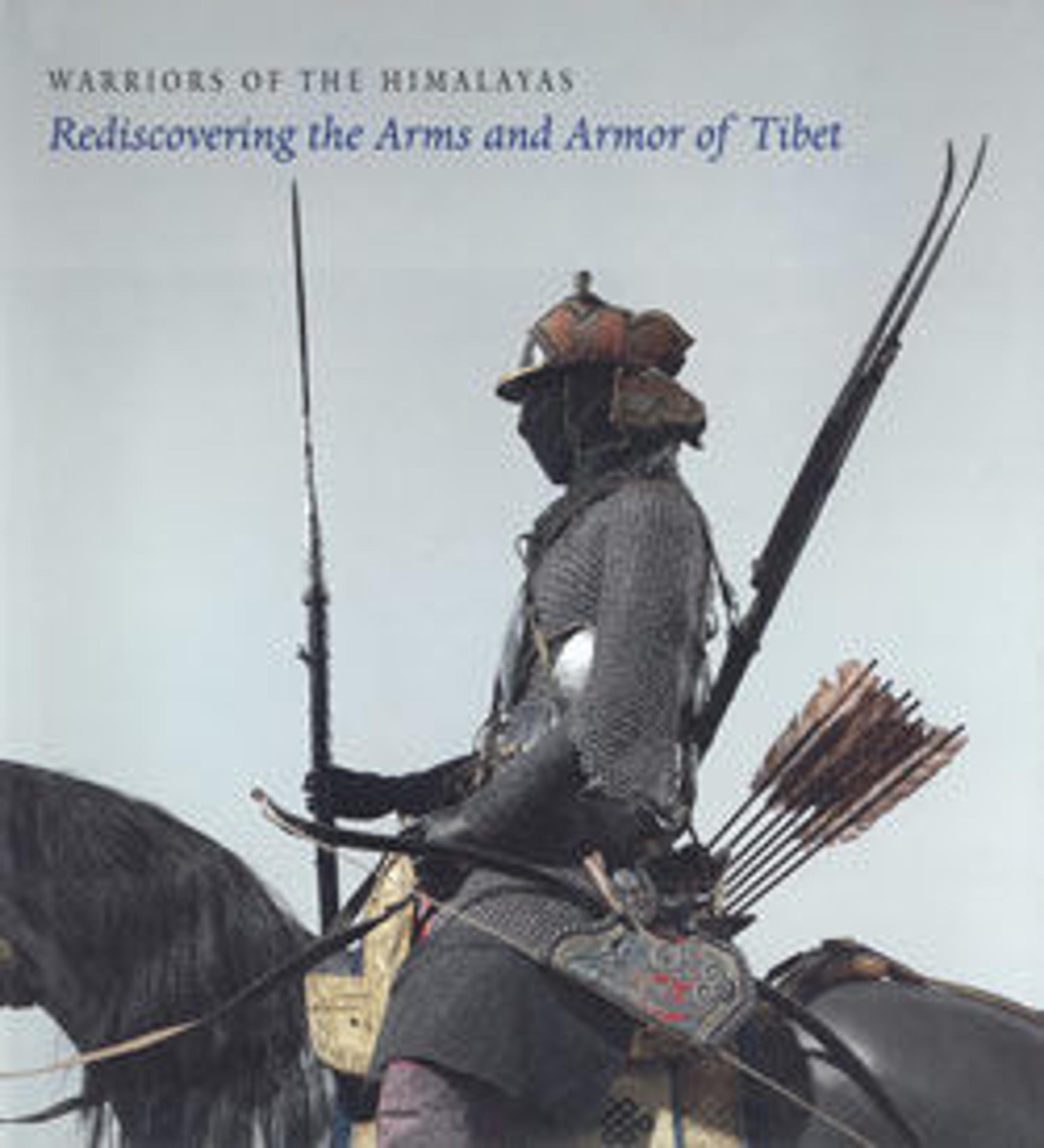Forearm Guard
Leather armor was widely used in both Europe and Asia for many centuries. Despite this, only a handful of early pieces have survived from either culture. This defense is part of a very small group of closely related arm defences from Tibet, all of which appear to have been for the left arm. Unusual as it is, this piece offers several close points of comparison with other types of Tibetan objects. The decoration on the iron ribs is similar to that found on an early group of Tibetan wicker shields (acc. no. 2001.55). The pierced ironwork technique also compares well with that used to produce the pierced and engraved iron-filigree panels on the Museum's Tibetan horse-armor elements (acc. no. 1997.242a–c). In addition, both its painted leather surface and its iron fittings are very similar to those found on Tibetan leather boxes and wooden furniture, some of which have been shown to date from the fourteenth to the sixteenth century. This common thread of workmanship may eventually be instrumental in more closely identifying the period and source of these poorly understood groups of objects.
Artwork Details
- Title:Forearm Guard
- Date:possibly 15th–16th century
- Culture:Tibetan
- Medium:Leather, iron, pigments
- Dimensions:L. 10 in. (25.4 cm); W. 6 1/8 in. (15.6 cm)
- Classification:Armor Parts-Arms & Shoulders
- Credit Line:Purchase, Kenneth and Vivian Lam Gift, 2001
- Object Number:2001.36
- Curatorial Department: Arms and Armor
More Artwork
Research Resources
The Met provides unparalleled resources for research and welcomes an international community of students and scholars. The Met's Open Access API is where creators and researchers can connect to the The Met collection. Open Access data and public domain images are available for unrestricted commercial and noncommercial use without permission or fee.
To request images under copyright and other restrictions, please use this Image Request form.
Feedback
We continue to research and examine historical and cultural context for objects in The Met collection. If you have comments or questions about this object record, please contact us using the form below. The Museum looks forward to receiving your comments.
